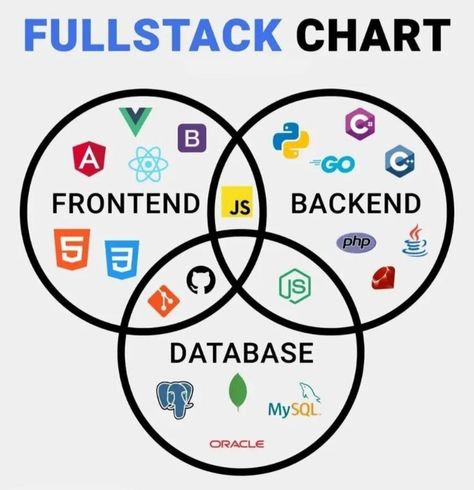Overview of Database Management
Database management encompasses the organization, storage, and retrieval of data, ensuring that data is accessible, reliable, and secure. This involves understanding the two primary types of databases: SQL (Structured Query Language) and NoSQL (Not Only SQL). SQL databases use a structured schema, making them suitable for complex queries, while NoSQL databases offer flexibility and scalability, ideal for handling unstructured data.
Role of Databases in Full-Stack Development
Databases play a crucial role in application functionality by storing essential information such as user profiles, application settings, and transaction records. They enable dynamic content generation and user interaction, making them integral to managing user data, session information, e-commerce transactions, and content management.
Core Database Skills for Full-Stack Developers
Key skills for full-stack developers include database design and architecture, which involves creating a robust schema, and normalization to reduce redundancy and improve data integrity. Developers must also be proficient in query languages. SQL basics, such as SELECT, INSERT, UPDATE, and DELETE statements, are fundamental for relational databases, while familiarity with NoSQL queries—document-based, key-value, and graph queries—is important for working with NoSQL databases. Ensuring data security through encryption and implementing regular backups and recovery plans are also essential for protecting data integrity.
Choosing the Right Database
When selecting a database, SQL databases are characterized by their structured nature and data integrity enforcement, making them ideal for applications requiring complex queries and transactions. Popular SQL databases include MySQL and PostgreSQL, known for their reliability and advanced features. On the other hand, NoSQL databases offer flexibility and scalability, suitable for handling large volumes of unstructured data. MongoDB and Cassandra are examples of NoSQL databases renowned for their performance and ability to handle diverse data types.
Integrating Databases with Front-End Technologies
APIs (Application Programming Interfaces) facilitate the communication between front-end applications and databases. Developers create APIs to manage data requests and responses, while asynchronous data requests, using techniques like AJAX and Fetch API, ensure that data retrieval does not block the user interface.
Back-End Integration
Server-side frameworks, such as Node.js, Django, and Ruby on Rails, assist in database connectivity and management, providing tools and libraries to interact with databases. ORM (Object-Relational Mapping) tools, like Sequelize for Node.js and Django ORM for Python, abstract the database layer, enabling developers to work with databases using object-oriented code.
Database Performance Optimization
Optimizing database performance involves indexing and query optimization. Indexing improves query performance by reducing search time, while query optimization ensures efficient query writing. Load balancing distributes database requests across multiple servers to manage high traffic, and caching reduces database load by storing frequently accessed data in memory.
Challenges in Database Management
Scalability issues arise as applications grow, with strategies like sharding and database clustering helping to address these concerns. Managing data consistency and concurrency is also crucial, as it requires careful handling of simultaneous transactions and locking mechanisms.
Future Trends in Database Management
Emerging technologies such as blockchain and in-memory databases are shaping the future of database management, offering enhanced security and performance features. Best practices continue to evolve with advancements in automation, data analytics, and cloud-based solutions.
In conclusion, effective database management is essential for full-stack developers. Mastering database design, querying, and optimization ensures that applications are robust, secure, and performant. Staying informed about emerging trends and technologies further enhances developers' capabilities in this dynamic field.









Leave your reply